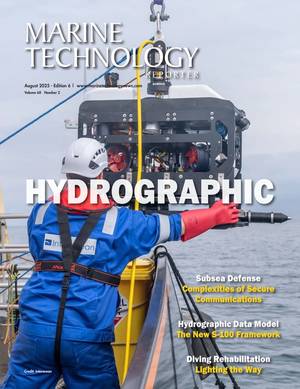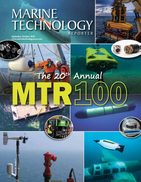Chukar Waterjet unveils deepwater subsea waterjet cutting, blasting system for work class ROVs
Chukar Waterjet, Inc., a manufacturer of deepwater subsea ultra-high pressure waterjet technology, introduced its new SUB-JET 3000 subsea waterjet system for work class ROVs.
Operable at depths up to 3,000 meters (10,000 feet), the SUB-JET 3000 cuts steel up to 250 mm thick and blasts away coatings, corrosion and marine growth at pressures up to 3900 bar. Because it is deployed with an ROV, the SUB-JET 3000 is less expensive than a standalone subsea waterjet system, the manufacturer said. The requirements for an independent launch and recovery system (LARS), umbilical, and subsea hydraulic power unit (HPU) are eliminated, resulting in a system acquisition cost of about 20 to 30 percent of a standalone system.
“There is a tremendous need for ultra-high pressure waterjet technology in the offshore industries, but until now, the high acquisition costs have been a limiting factor,” said Bruce Kivisto, Chukar Waterjet general manager. “We’re excited to offer the SUB-JET 3000 as an alternative to a standalone system. It is a great solution for operators who are looking to improve the safety and efficiency of their operations with ultra-high pressure waterjet technology.”
The 100hp SUB-JET 3000 produces 7.5 liters per minute of 3900 bar ultra-high pressure water for cutting and blasting. It carries 35 liters of abrasive on the skid standard, which provides 30 and 90 minutes of cutting time.
The ROV provides hydraulic oil to power the waterjet intensifiers and operate attached tooling, 24 Vdc (300 watts) for control power, and a fiber optic data link to the topside controller. The system requires between 150 and 200 liters per minute of hydraulic oil to run at full capacity but can be operated at lower output if the auxiliary oil is not available from any given ROV. Cutting and coating removal are still effective at lower UHP output, only at slower throughout rates. The system weighs about 500 kg on the deck and is neutrally buoyant with 35 liters of abrasive.

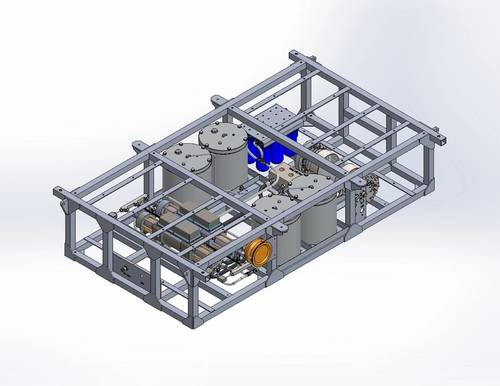

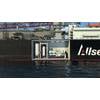
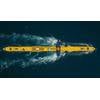
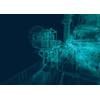
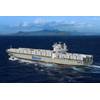







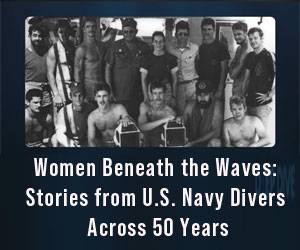

 August 2025
August 2025
